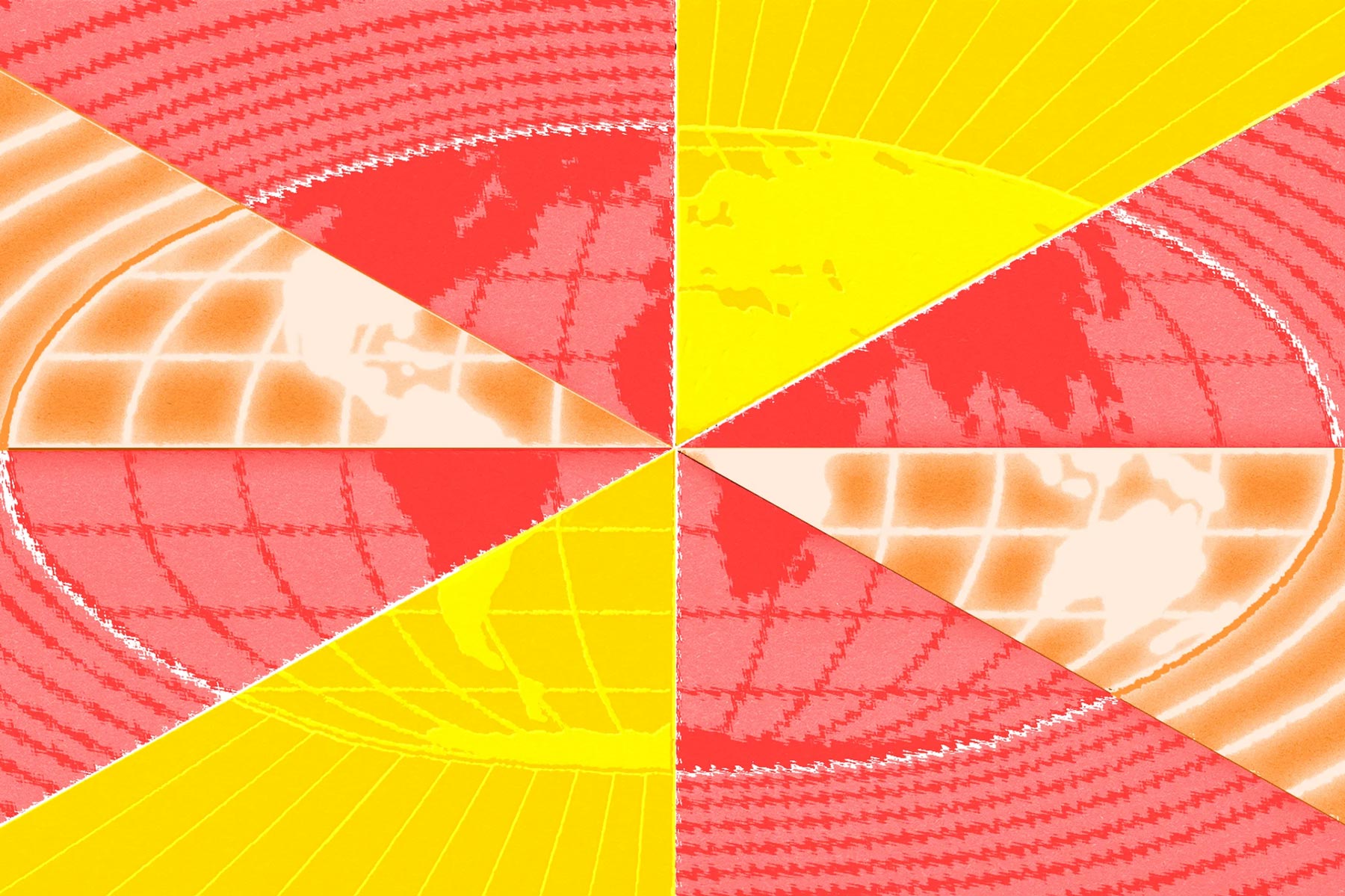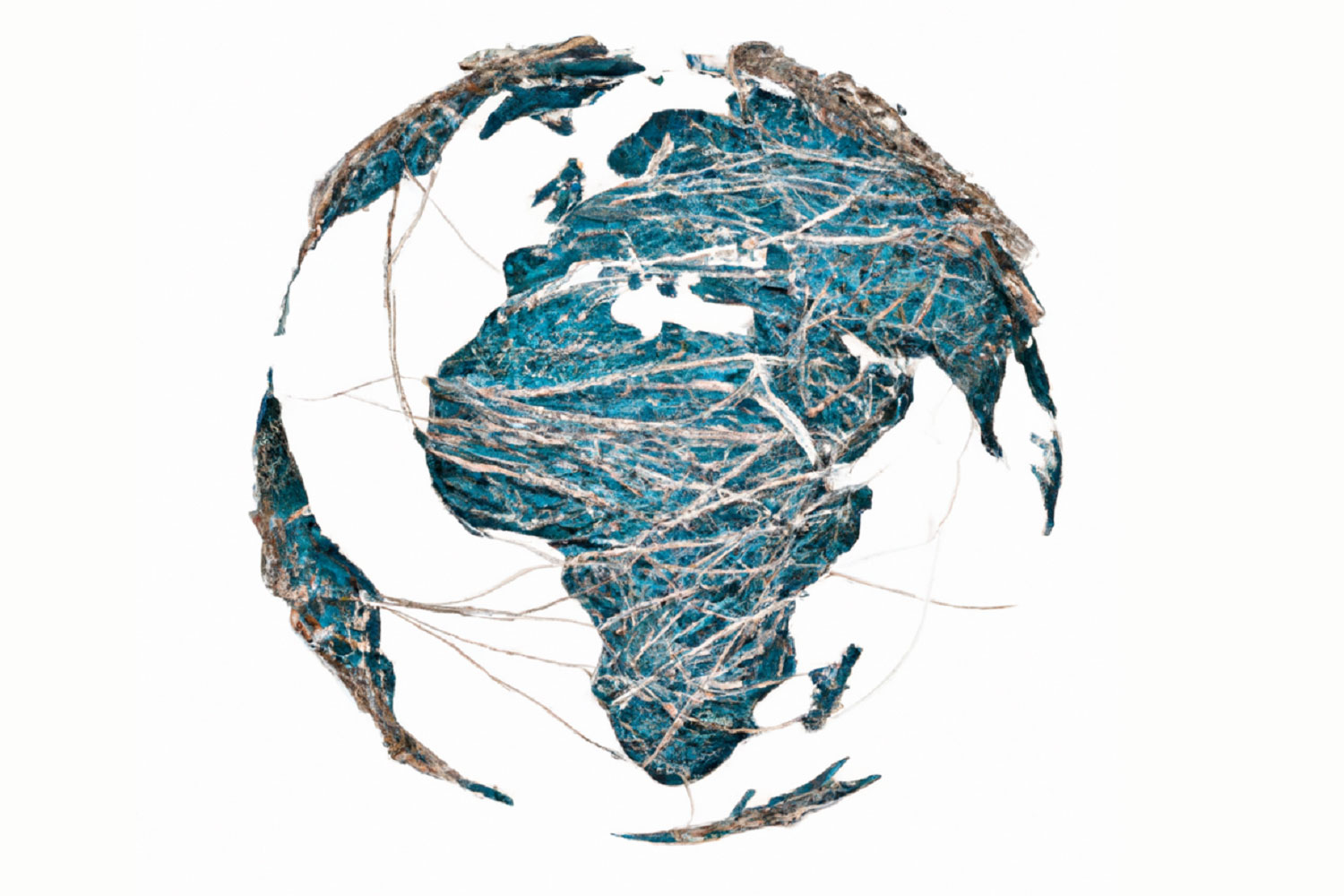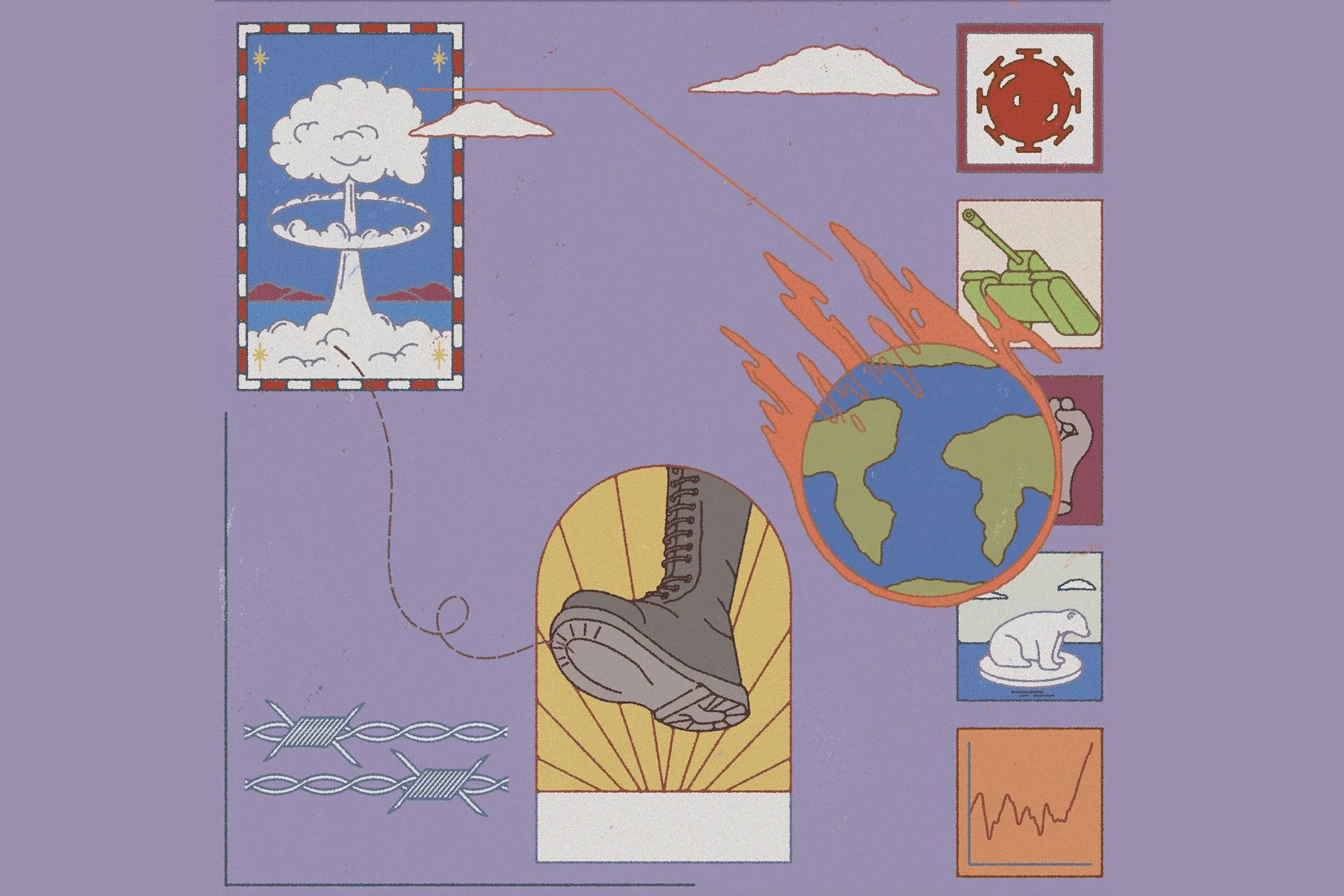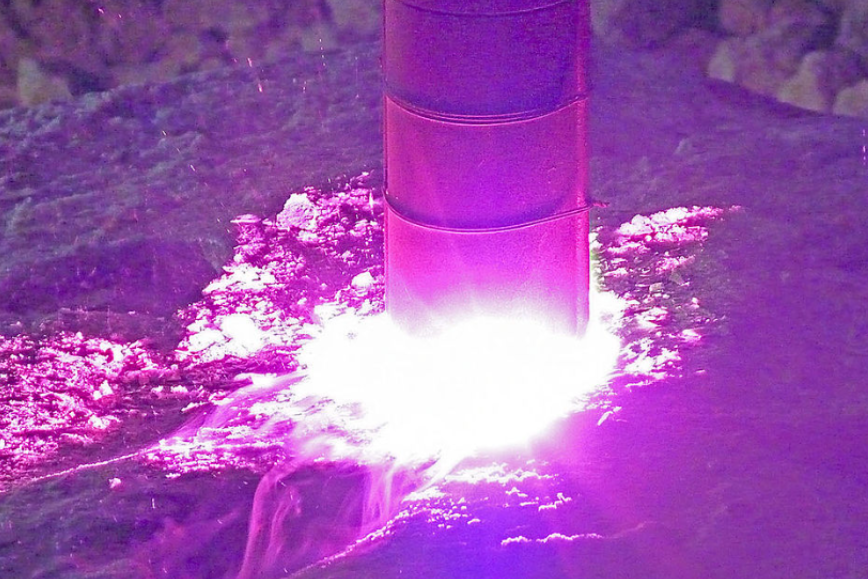Globe and Mail, May 14, 2007
by Thomas Homer-Dixon
What causes societies to collapse, and are our modern societies at risk of collapse themselves?
In the last few years, these questions have been on people’s minds. Many of us have the intuition that things are out of control and that our societies could crash. We see headlines about extreme weather, impending oil shortages, avian flu, and horrible terrorism in distant places. Some people, particularly those of a religious disposition, even think we’re entering end times. Parallels between ancient Rome and the modern world are common, and images of doom abound in preaching and fiction.
Much of this stuff is nonsense, which makes it easy for our societies’ policymakers, elites and “experts” of various stripes to dismiss it with a patronizing wave of the hand. But I think the common intuition is right: some kind of real trouble does lie ahead.
When a society collapses, it rapidly loses complexity. Its internal organization and institutions, laws, and technologies become dramatically simpler, while its inhabitants’ range of social roles and potential behaviors is sharply narrowed. Many people suffer, because without complex institutions, technologies, and social roles, societies can’t keep large populations living well. After collapse, people consume far less, move around far less, communicate far less, and die far sooner.
At one level, it seems preposterous to say that something like this could happen to our modern societies. So much around us seems so real, consequential, and permanent. We can see with our own eyes skyscrapers in our cities, an endless infrastructure of highways, airports, and shopping malls, and imposing buildings that house private and public institutions like banks, corporations, courts, and bureaucracies. What imaginable forces could humble such wealthy and smart societies?
Unfortunately much of the popular writing on collapse doesn’t really help us answer this question, because it isn’t underpinned by an adequate theory. For instance, in a bestselling book, the American evolutionary biologist Jared Diamond singles out environmental causes of collapse. He doesn’t fully acknowledge that the greatest risks arise from the simultaneous convergence of multiple stresses— including non-environmental ones. Also, he relies heavily on evidence of collapse from ancient history, without really showing why modern societies aren’t vastly more adaptive and resilient—and far less likely to collapse.
For a better theory, we have to bring together research from the fields of sociology, anthropology, and ecology. The work of Jack Goldstone, a sociologist at George Mason University and a leading authority on revolution, is a good place to start. Goldstone has shown that societies are far more likely to break down when they’re overloaded by converging stresses—say, rapid population growth, scarcity of key resources, and a financial crisis. “Massive state breakdown is likely to occur,” he writes, “only when there are simultaneously high levels of distress and conflict at several levels of society.”
Converging stresses won’t cause collapse by themselves, though. Something also has to limit societies’ ability to cope, and here the research of the American anthropologist Joseph Tainter is helpful. After studying ancient and modern societies, Tainter has concluded that they generally respond to stress by making their institutions and technologies more complex. A society dealing with a prolonged drought, for example, might build elaborate irrigation systems so it uses water more efficiently on its farms, and it might create another layer of bureaucracy to make sure everyone follows water-sharing rules. In the short and medium terms, this greater complexity often produces big benefits—like more food—and most people are better off.
But Tainter has also found that greater complexity doesn’t produce benefits forever, because it’s costly. The cost is paid in the currency of energy: energy is needed to build an irrigation system and keep it from falling apart, just as it’s needed to create and maintain an irrigation bureaucracy. “Not only is energy flow required to maintain a sociopolitical system,” Tainter writes, “but the amount of energy must be sufficient for the complexity of that system.”
Tainter argues that investments in complexity eventually produce what economists call “diminishing marginal returns.” This simply means that at some point an additional unit of energy spent on complexity gives us less benefit than the immediately previous unit. Why? Because societies almost always try first those solutions that give the biggest return for the least cost, leaving for later costlier and less effective solutions.
In time, the benefits of greater complexity fall to zero and can even become negative. As an expanding portion of a society’s wealth is sucked into further boosting complexity, its reserves to deal with unexpected contingencies fall, making it more susceptible to sudden, severe shocks from the outside.
But Tainter’s theory has gaps: it doesn’t fully explain why societies become more complex even when it doesn’t do them any good; and, most importantly, it doesn’t really tell us why rising complexity’s consequences are sometimes so bad.
So for the final pieces of the puzzle, we have to turn to the work of Buzz Holling, a renowned Canadian ecologist. According to Holling and his colleagues, any living system—from forest ecologies to modern economies—naturally tends to become more complex, internally connected, and efficient over time, regardless of whether it needs complexity to solve its problems. Eventually it becomes so well adapted to a specific range of circumstances—and so well organized as an efficient and productive system—that when a shock pushes it outside that range, it can’t cope. And the system’s high connectedness helps any shock travel farther and faster across the system as a whole. Overall, then, the system becomes more rigid and brittle—in a word, less resilient.
Do the theories of Goldstone, Tainter, and Holling— taken together—suggest some form of collapse is becoming more likely today? Disturbingly, the answer appears to be yes.
In the last half-century, largely because of the enormous growth and relentless integration of the world’s economy, humankind and the natural environment it exploits have evolved into a single “socio-ecological” system that encompasses the planet. This system has become steadily more connected and economically efficient. Partly as a result, a financial crisis, a terrorist attack, or a disease outbreak can now have almost instantaneous destabilizing effects from one side of the world to the other. The system has also developed increasingly severe internal pressures—because of, among other things, gaps in wealth between rich and poor people, worsening environmental stresses like climate change, and the diffusion of technologies for mass violence away from governments to small groups of people (including terrorists).
Managing these pressures demands steadily more complex institutions and technologies and, in turn, steadily higher inputs of high-quality energy. Yet in Tainter’s terms, this greater complexity seems to be producing diminishing returns—it’s not solving our problems well. The wealth gaps between us are steadily widening, we’re having little success reducing our output of carbon dioxide, and we see the horrible effects of the diffusion of technologies of violence everyday in places like Baghdad.
At the same time, largely by coincidence, the world is entering a critical transition from an era of abundant and cheap high-quality energy sources (mainly conventional oil and natural gas) to one of more expensive and often lower-quality energy sources (like solar and wind power and non-conventional oil from places like the Alberta tar sands).
And it’s this contradiction that’s at the crux of our predicament today: our global system is becoming steadily more complex, yet the abundant, cheap, high-quality energy we need to cope with this complexity will soon be steadily less available.
Societies without access to enough energy to sustain rising complexity and to manage worsening internal stresses risk the kind of overload Goldstone identifies. They’re more likely to succumb to economic crisis and political disorder when they can’t cope with sudden, severe shocks. It’s impossible to say what such breakdown might look like in the future, or where or when it could start. It could be global in its scope—if, for instance, terrorists simultaneously detonated nuclear weapons in two or three of the world’s main financial centers. It’s more likely, though, to proceed in stages from weak peripheral areas—from poor countries already afflicted by strife and dysfunctional governments—towards the global system’s most powerful and complex centers, including North America and Europe.
But here’s the key point: just because everything looks relatively calm on a society’s surface doesn’t mean that everything is fine underneath. Incremental, long-term, and largely invisible shifts in a society’s complexity and interconnectedness, in the quality of the resources it depends on, and in its relations with its natural environment can make a society progressively more vulnerable to sudden, sharp, and enormously disruptive bursts of change.
What can we do? In truth, a great deal. First, though, we need to recognize that episodes of crisis or breakdown are not always bad things—if they’re not too severe, and if societies are ready, they can create both the motivation and opportunity for renewal and regeneration.
Keeping breakdown from becoming catastrophic means making our technologies, economies, and communities more resilient. For instance we can increase the ability of cities, towns, and even households to produce essential goods and services, such as energy and food, instead of depending completely on distant producers of these things for our day-to-day survival—as we do now.
Being ready means preparing today for breakdown tomorrow. Times of crisis are times of enormous social fluidity, when societies can be pushed into a new path, either for good or for bad. They’re moments, too, of great danger. People are scared, angry, and searching for someone to blame—just the attitudes that extremist leaders can exploit to build political power and divide group from group.
The vast majority of us who are non-extremists can work together now to create networks among ourselves and to develop plans for different future scenarios. Such actions will help ensure that, when crisis comes, extremists don’t hold sway—and that the rest us might still have the ability to choose a better future for our children.






